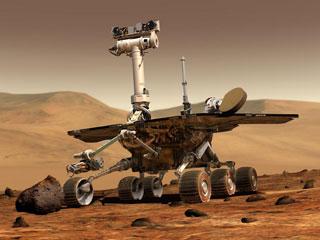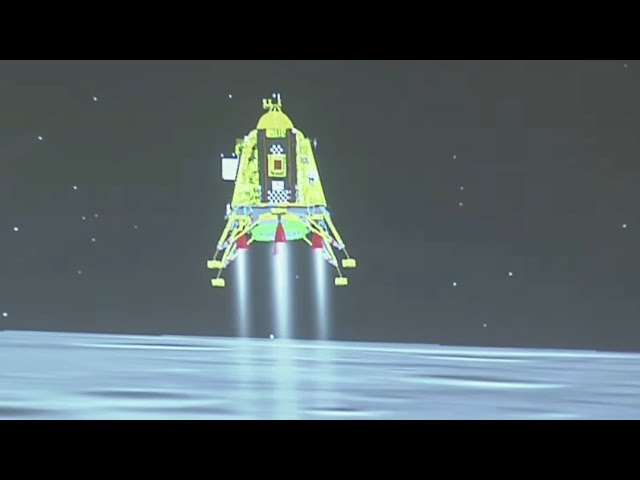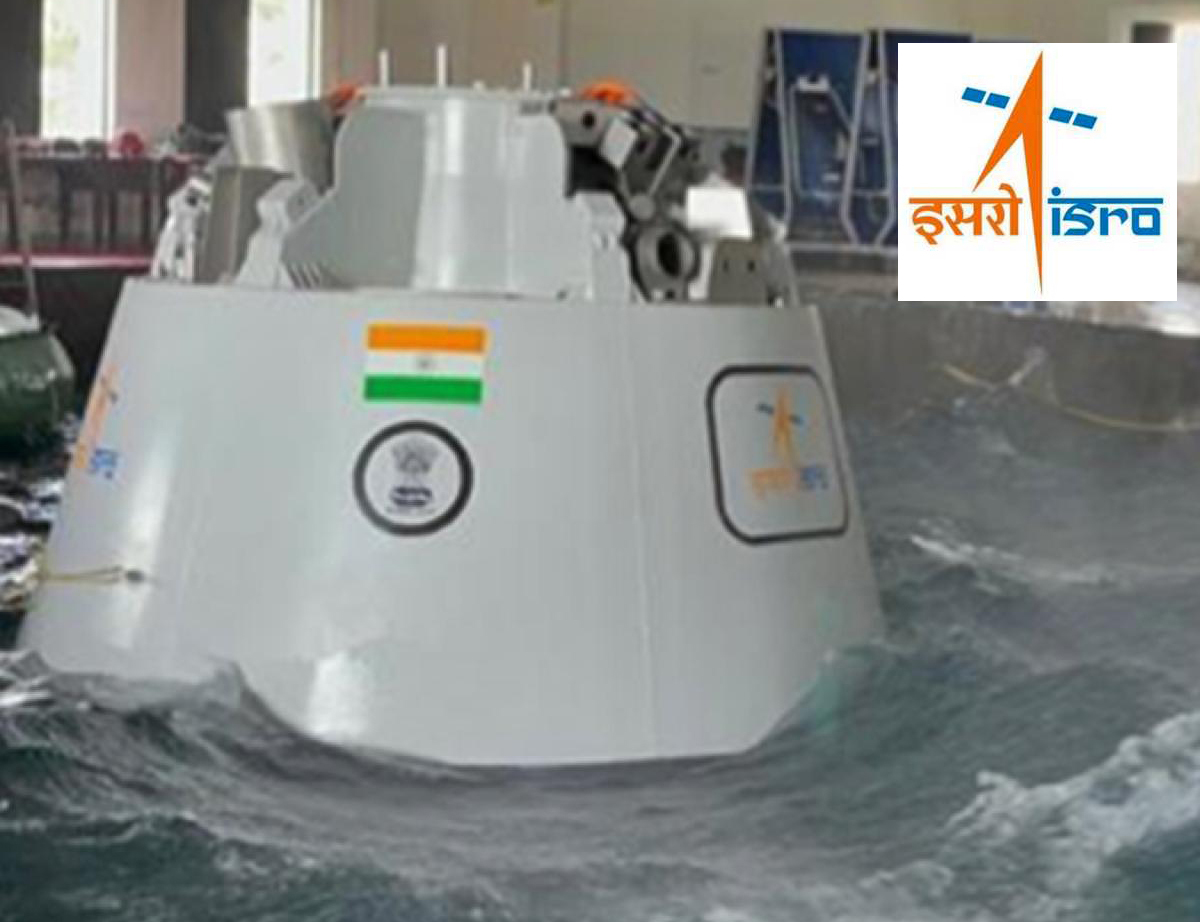
Artist concept of Mars Exploration Rover, Spirit. Photo: NASA/JPL-Caltech.
By Suman Chowdhury
NASA has ended operational planning activities for the Mars rover Spirit and transitioned the Mars Exploration Rover Project to a single-rover operation focused on Spirit's still-active twin, Opportunity.
This marks the completion of one of the most successful missions of interplanetary exploration ever launched.
The rover became stuck in April 2009. It last communicated with Earth on March 22, 2010, as Martian winter approached and the rover's solar-energy supply declined. The rover operated for more than six years after landing in January 2004 for what was planned as a three-month mission.
Spirit rover:
Spirit, MER-A (Mars Exploration Rover – A), is a robotic rover on Mars, active from 2004 to 2010. It was one of two rovers of NASA's ongoing Mars Exploration Rover Mission.
NASA's Jet Propulsion Laboratory, a division of the California Institute of Technology in Pasadena, manages the Mars Exploration Rover Project and Mars Science Laboratory for the NASA Science Mission Directorate, Washington.
The 180-kilogram (400-pound), six-wheel robot, landed on Mars on January 3, 2004, for a mission designed to last three months. After accomplishing its prime-mission goals, Spirit worked to accomplish additional objectives.
The Spirit rover has completed a successful 6-year mission; when it was only expected have an operational lifespan of 3 months. It has taken the first highest resolution colour images on another planet, and was first to grind rocks on Mars.
Spirit has returned more than 124,000 images back to Earth, ground the surfaces off 15 rock targets and scoured 92 targets with a brush to prepare the targets for inspection with spectrometers and a microscopic imager.
Spirit detected evidence of water-altered rocks and carbonates -- both building blocks of life -- on what scientists call the Gusev site.
The rover found evidence that Mars was once like Earth, with water and hot springs. Concentrated deposits of silica led the project's principal investigator to conclude that steam vents or hot springs once existed at a site known as Home Plate. Such an environment could have supported microbial life.
After its first year on Mars, the rover lost the use of one of six wheels while scrambling over a hilly area, but continued to send data back to Earth for years. It logged 4.8 miles (about 7.7 km), more than 12 times the goal set for the mission, over the Martian surface -- about a dozen times farther than it was expected to go.
On May 1, 2009, Spirit became stuck in soft soil. This was not the first of the mission's "embedding events" and for the following eight months NASA carefully analyzed the situation, running Earth-based theoretical and practical simulations, and finally programming the rover to make extrication drives in an attempt to free itself. These efforts continued until January 26, 2010 when NASA officials announced that the rover was likely irrecoverably obstructed by its location in soft soil, though it continued to perform scientific research from its current location.
Spirit last communicated on March 22, 2010. The rover team had anticipated that the rover would enter a low-power fault mode with minimal activity except charging and heating the batteries and keeping its clock running. With most heaters shut off, Spirit's internal temperatures dipped lower than ever before on Mars. That stress could have caused damage, such as impaired electrical connections, that would prevent reawakening or, even if Spirit returns to operation, would reduce its capabilities.
Engineers' assessments in recent months have shown a very low probability for recovering communications with Spirit. Communications assets that have been used by the Spirit mission in the past, including NASA's Deep Space Network of antennas on Earth, plus two NASA Mars orbiters that can relay communications, now are needed to prepare for NASA's Mars Science Laboratory mission. MSL is scheduled to launch later this year.
NASA is now transitioning assets to support the November launch of the next generation Mars rover, Curiosity, but will also keep an ear out for the Spirit from time to time.
- Courtesy:
NASA
Jet Propulsion Laboratory
 Previous Article
Previous Article Next Article
Next Article














The Indian Air Force, in its flight trials evaluation report submitted before the Defence Ministry l..
view articleAn insight into the Medium Multi-Role Combat Aircraft competition...
view articleSky enthusiasts can now spot the International Space Station (ISS) commanded by Indian-American astr..
view article